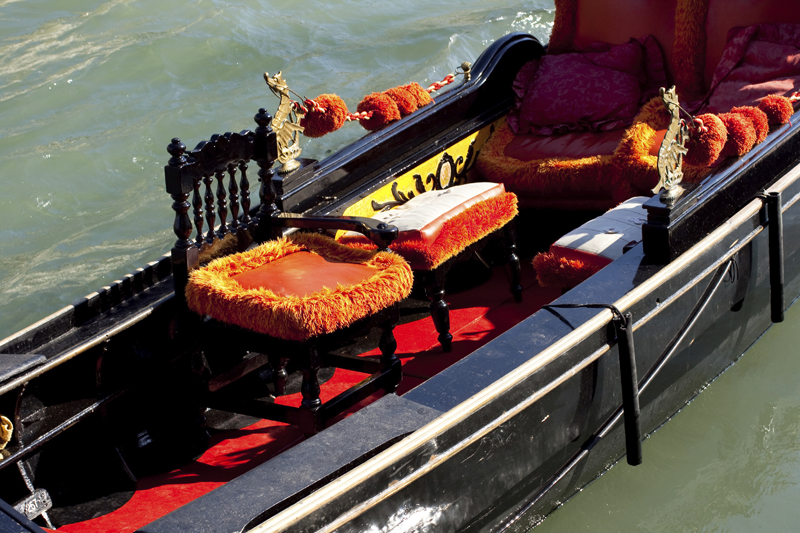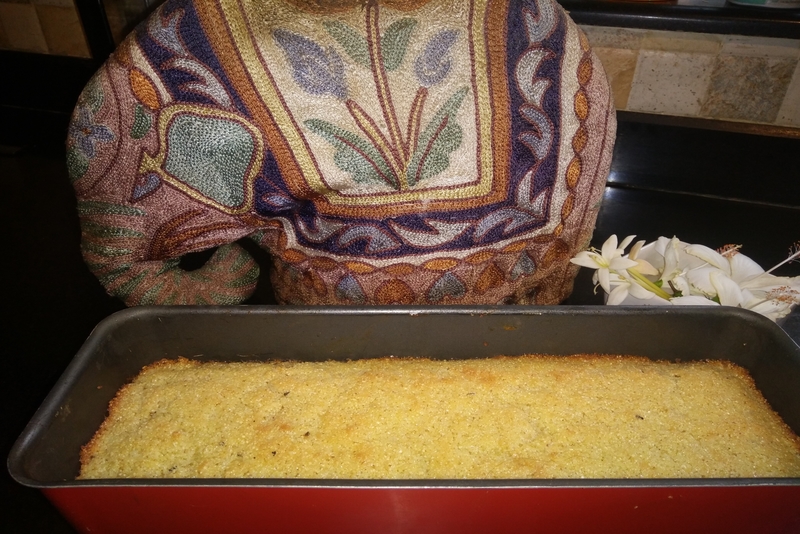The Reis Magos Fort, Goa, India

Sitting out in the garden, sipping our cold beers in my brother’s beauiful Verem Villa, designed by Charles Correa, he told us that the Reis Magos Fort had been restored and was open to the public. The heat haze on the Mandovi river infront of us, had the habit of lulling us into a stupor, but this news galvanised into making a plan to visit.
For years we had always curiously looked at the crumbling yet forbidding looking edifice, but it was firmly closed to public view. Situated on a promontory which juts out into the Mandovi and stares out belligerently at Panjim city on the other bank, Reis Magos means the Three Kings or the Magi in Portuguese. So the very next morning we drove up past the church with grass and ferns sprouting out of its tall stairway and walked along a steep pathway into the fort. History tells us it was built in 1543 by the Portuguese, on the site of the smaller fort built by Adil Shah in 1497. Later in the 1900’s the fort became a jail for regular convicts and prisoners.
The steps going up to the fort are shallow, but the walk is a steep incline and we were huffing and puffing by the time we reached the entrance door. Looking up, your eyes are immediately drawn to a carved crown at the entrance façade, which is fixed into the imposing laterite walls of the fort. We were told that work on the fort had begun way back in 2008 with the 3.5 crore spent being provided by the UK-based Helen Hamlyn Trust, and INTACH a non-governmental organisation which specialises in the restoration of monuments in Goa.
On the opposite side of the entrance is a massive Peepul tree, around which a story is woven, about how the tree strangled to death the original mango it was a parasite on. Curious little stories like these are found across the fort, which would have been a boring uninteresting relic to visit. But for all of us the knowledge that it was a prison till recently, was the most unsettling fact of all.
Walking into the fort through the seemingly impenetrable doors, the magnificent latrite walls with their strange turrets rose up before us.Climbing up a wrought iron winding stairway to the top, we were speechless with the spectacular view stretching out before us. The sea stretched hazily to the horizon, with fringes of white beaches and swaying coconut palms. We were viewing Goa at its pristine best, from our vantage point, atop the Reis Magos fort! We could not see the teeming holiday makers or the masses of plastic that seem to litter most beaches. Just the vast expanse of ocean, with a hot blue and white cloud flecked sky.
Dotted across the battlements were originally 33 canons, which were placed to guard the fort. However today there are just seven of the guns left, which have been loaded onto wooden stands, built like they were in days of yore. A lot of effort has been taken into giving the visitor a feel of the old fort, keeping the structure and its embellishments, as they originally were.
But what makes the whole experience unique is the display of famed Goan cartoonist Mario Miranda’s work. Miranda was one of the movers and shakers behind the project and Gerard da Cunha renowned architect, worked on the tasteful restoration.
We ambled through the halls which are now turned into galleries, showcasing Mirandas art. We giggled and openly guffawed at his immortal characters, such as Mrs Nimboopani, Ms Fonseca, The Boss, Godbole, Bundaldass and Moonswamy. Huge hips, pouting lips, heavy bosoms, suspenders and pot bellies were his trade mark quirky insights, of his love for his home and the people of Goa. And the polka dot, he seemed to love the most, as it pops up everywhere.
So if you have a free weekend coming up, or are just visiting Goa on holiday,take a trip to the Reis Magos fort and enjoy a well laid out and immaculately maintained display, and amazingly, its all for free!
For years we had always curiously looked at the crumbling yet forbidding looking edifice, but it was firmly closed to public view. Situated on a promontory which juts out into the Mandovi and stares out belligerently at Panjim city on the other bank, Reis Magos means the Three Kings or the Magi in Portuguese. So the very next morning we drove up past the church with grass and ferns sprouting out of its tall stairway and walked along a steep pathway into the fort. History tells us it was built in 1543 by the Portuguese, on the site of the smaller fort built by Adil Shah in 1497. Later in the 1900’s the fort became a jail for regular convicts and prisoners.
The steps going up to the fort are shallow, but the walk is a steep incline and we were huffing and puffing by the time we reached the entrance door. Looking up, your eyes are immediately drawn to a carved crown at the entrance façade, which is fixed into the imposing laterite walls of the fort. We were told that work on the fort had begun way back in 2008 with the 3.5 crore spent being provided by the UK-based Helen Hamlyn Trust, and INTACH a non-governmental organisation which specialises in the restoration of monuments in Goa.
On the opposite side of the entrance is a massive Peepul tree, around which a story is woven, about how the tree strangled to death the original mango it was a parasite on. Curious little stories like these are found across the fort, which would have been a boring uninteresting relic to visit. But for all of us the knowledge that it was a prison till recently, was the most unsettling fact of all.
Walking into the fort through the seemingly impenetrable doors, the magnificent latrite walls with their strange turrets rose up before us.Climbing up a wrought iron winding stairway to the top, we were speechless with the spectacular view stretching out before us. The sea stretched hazily to the horizon, with fringes of white beaches and swaying coconut palms. We were viewing Goa at its pristine best, from our vantage point, atop the Reis Magos fort! We could not see the teeming holiday makers or the masses of plastic that seem to litter most beaches. Just the vast expanse of ocean, with a hot blue and white cloud flecked sky.
Dotted across the battlements were originally 33 canons, which were placed to guard the fort. However today there are just seven of the guns left, which have been loaded onto wooden stands, built like they were in days of yore. A lot of effort has been taken into giving the visitor a feel of the old fort, keeping the structure and its embellishments, as they originally were.
But what makes the whole experience unique is the display of famed Goan cartoonist Mario Miranda’s work. Miranda was one of the movers and shakers behind the project and Gerard da Cunha renowned architect, worked on the tasteful restoration.
We ambled through the halls which are now turned into galleries, showcasing Mirandas art. We giggled and openly guffawed at his immortal characters, such as Mrs Nimboopani, Ms Fonseca, The Boss, Godbole, Bundaldass and Moonswamy. Huge hips, pouting lips, heavy bosoms, suspenders and pot bellies were his trade mark quirky insights, of his love for his home and the people of Goa. And the polka dot, he seemed to love the most, as it pops up everywhere.
So if you have a free weekend coming up, or are just visiting Goa on holiday,take a trip to the Reis Magos fort and enjoy a well laid out and immaculately maintained display, and amazingly, its all for free!

Related Articles
Editor's Picks Articles
Top Ten Articles
Previous Features
Site Map
Content copyright © 2023 by Marianne de Nazareth. All rights reserved.
This content was written by Marianne de Nazareth. If you wish to use this content in any manner, you need written permission. Contact Marianne de Nazareth for details.





 -resizeimage.jpg.jpg)

